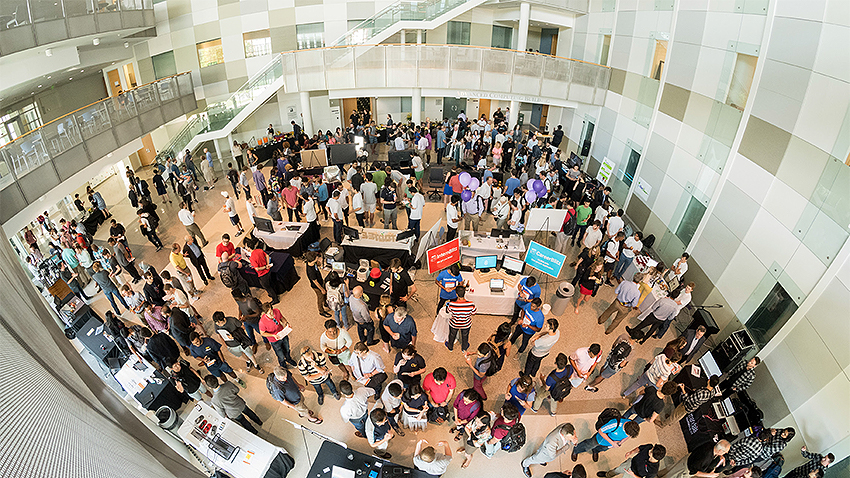Upcoming Events
PhD Thesis Proposal - Scott Freitas

Georgia Tech faculty, staff, and students and any interested members of the public are kindly invited to attend Scott Freitas' Ph.D. thesis proposal presentation. Please see the details below.
Title: Developing Robust Models, Algorithms, Databases, and Tools with Applications to Cybersecurity and Healthcare
Date: Wednesday, May 12, 2021
Time: 12pm-2pm EST
Location (virtual): https://bluejeans.com/8164507038/
Scott Freitas
Machine Learning Ph.D. Student
School of Computational Science and Engineering
Georgia Institute of Technology
Committee
- Duen Horng (Polo) Chau [Advisor, Associate Professor, CSE, Georgia Institute of Technology]
- Srijan Kumar [Assistant Professor, CSE, Georgia Institute of Technology]
- Diyi Yang [Assistant Professor, CSE, Georgia Institute of Technology]
Abstract
As society and technology becomes increasingly interconnected, so does the threat landscape. Once isolated threats now pose serious concerns to highly interdependent systems, highlighting the fundamental need for robust machine learning. This dissertation contributes novel tools, algorithms, databases and models—through the lens of robust machine learning—in a research effort to solve large-scale societal problems affecting millions of people in the areas of cybersecurity and healthcare.
1. Tools: We develop TIGER, the first comprehensive graph robustness toolbox; and our Robustness Survey identifies critical yet missing areas of graph robustness research.
2. Algorithms: Our survey and toolbox reveal existing work has overlooked lateral attacks on computer authentication networks. We develop D2M, the first algorithmic framework to quantify and mitigate network vulnerability to lateral attacks by modeling lateral attack movement from a graph theoretic perspective.
3. Databases: To prevent lateral attacks altogether, we develop MalNet-Graph, the world’s largest cybersecurity graph database—containing over 1.2M graphs across 696 classes—and show the first large-scale results demonstrating the effectiveness of malware detection through a graph medium. We plan to extend MalNet-Graph by constructing the largest binary-image cybersecurity database—containing 1.2M images, 133x more images than the only other public database—enabling new discoveries in malware detection and classification research restricted to a few industry labs (MalNet-Image).
4. Models: To protect systems from adversarial attacks, we develop UnMask, the first model that flag semantic incoherence in computer vision systems, which detects up to 96.75% of attacks, and defends the model by correctly classifying up to 93% of attacks. Inspired by UnMask's ability to protect computer visions systems from adversarial attack, we develop REST, which creates noise robust models through a novel combination of adversarial training, spectral regularization and sparsity regularization. In the presence of noise, our method improves state-of-the-art sleep stage scoring by 71%--allowing us to diagnose sleep disorders earlier on and in the home environment—while using 19x less parameters and 15x less MFLOPS.
Event Details
Media Contact
EVENTS BY SCHOOL & CENTER
School of Computational Science and Engineering
School of Interactive Computing
School of Cybersecurity and Privacy
Algorithms and Randomness Center (ARC)
Center for 21st Century Universities (C21U)
Center for Deliberate Innovation (CDI)
Center for Experimental Research in Computer Systems (CERCS)
Center for Research into Novel Computing Hierarchies (CRNCH)
Constellations Center for Equity in Computing
Institute for People and Technology (IPAT)
Institute for Robotics and Intelligent Machines (IRIM)